Environments and spaces designed with the Montessori philosophy are beautiful. Montessori's simplicity and minimalism nature encourage a relaxing and peaceful environment for kids to explore within a Montessori playroom.
Montessori playrooms offer an alternative to traditional toys that often require too much adult supervision and to much stimulation. Children can learn through exploration and interaction with materials in these rooms.
I truly enjoyed researching and writing this post and sharing Montessori playroom ideas with you.
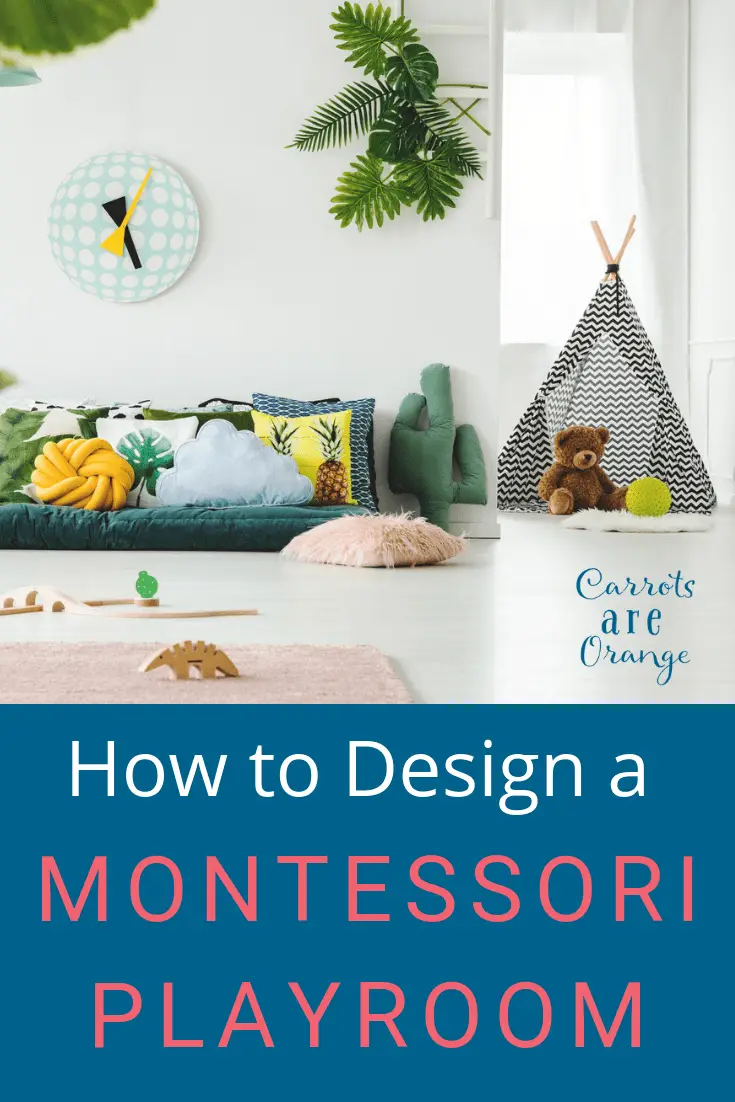
Montessori naturally encourages the perfect children's space when designing Montessori playrooms. An open and peaceful demeanor naturally encourages creative and independent play.
As you design your Montessori playroom, ask yourself how every element will benefit your child's development and what it would take to optimize their growth.
Remember that a Montessori playroom for a 5-year-old will differ slightly from a Montessori playroom for a 1-year-old. Use this post as a guide.
Tips for Creating the Perfect Montessori Playroom
#1 – Choice
In order to make sure children are learning while playing, let them choose what object to use. This will help them develop fine motor skills and problem solving skills as well as improve their ability to focus.
The Montessori method encourages children to explore objects and materials independently. In a Montessori classroom, children are encouraged to touch, feel, smell, taste, and listen to objects before choosing which ones to use.
For example, if a child wants to play with a ball, he or she would first be allowed to pick one up and examine it. If the child chooses to play with the ball, then he or she could choose to throw it, bounce it, or roll it around.
#2 – Accessibility
One more important component of this space is books that are accessible. Baskets and low shelving are two ways of displaying books in a playroom.
A child should be able to easily access materials of interest. Open and low Montessori shelving is an essential element of the playroom. It gives ample space and opportunity to display toys within the child's reach.
A small table and chairs are another great addition to a Montessori playroom. Many children love having a table as a space for art, pretend play, reading, and puzzles.
#3 – Quiet Space
Variation in play spaces is beneficial in learning to cope with boredom. It is suitable for children to be bored sometimes because it encourages them to think creatively and listen to their intuition.
A quiet space in their playroom will give your child a place to rest and have quiet time whenever possible.
This space could look like a floor bed designed as a cozy reading corner with a book basket and a book display. It could also be a section of playmats with pillows.
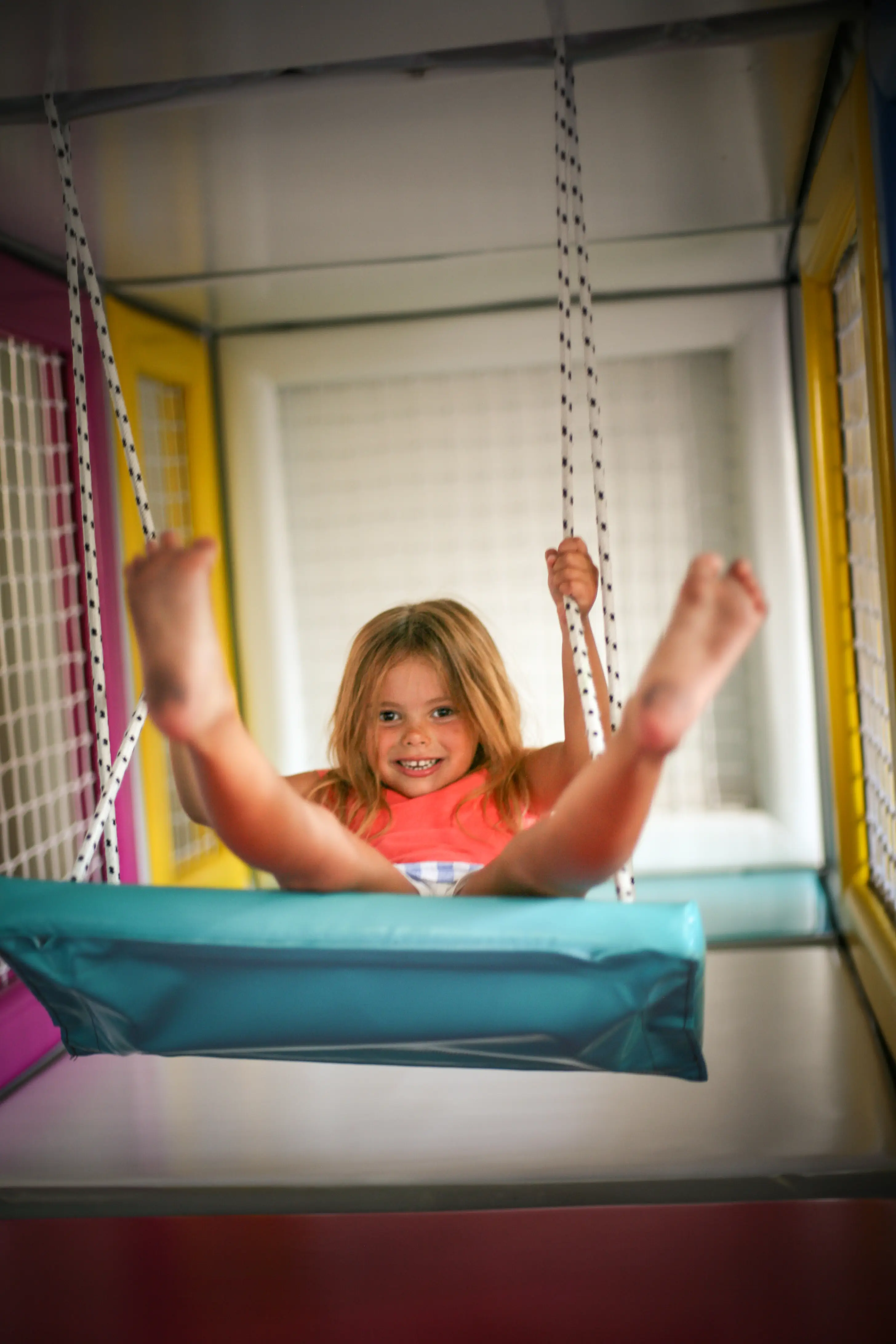
#4 – Active Space
In contrast to the quiet space, we also want an opportunity for active play. It encourages the same independent play and self-regulation that a calm space does.
If your child is in their playroom and wants to climb something, wouldn't the most accessible option be to have a climbing structure in their playroom?
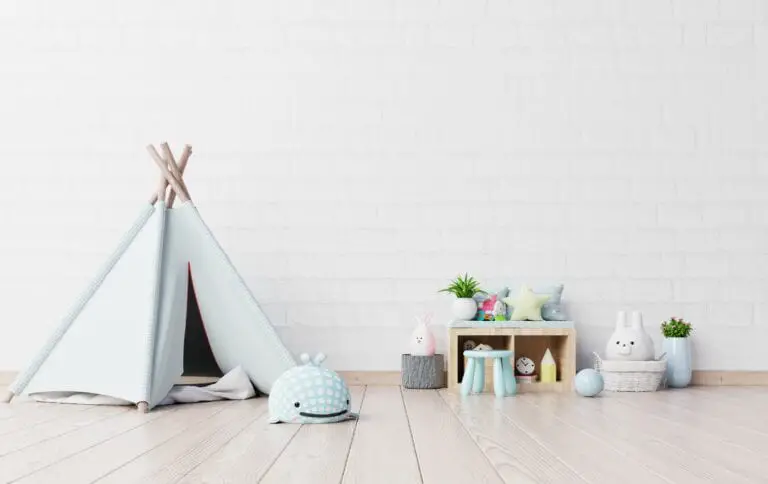
If your child is in their playroom and wants to climb something, wouldn't the most accessible option be to have a climbing structure in their playroom?
The goal is to allow a safe space where your child can play independently. There are many different options.
I've seen balance beams, activity gyms, pikler triangle, swings, tunnels, slides, and trapeze bars. Sounds daunting but these materials are actually quite simple to integrate into a playroom space.
#5 – Minimalist
The playroom should not be cluttered with toys. A minimalist Montessori playroom should create order and routine while also promoting engagement.
There should be a limited number of toy. So, think of an amount of materials and then half that amount! That is a good rule of thumb.
Simple lay out of toys and materials will bring calm to the room and to the child. There is no specific limited number of how many Montessori toys should be in a playroom so play with your space.
The Montessori playroom layout should offer open space and give the child a lot of freedom to explore safely. Even a small Montessori playroom can achieve this result.
#6 – Clean
Having less “stuff” in the playroom makes it easier to keep the space clean. Also, encouraging kids to be a part of keeping the area clean is excellent for their development. You know what else? Kids enjoy working and love cleaning!
#7 – Neutral Colors
Super flashy colors serve as a distraction and often end in children being over-stimulated. Think natural colors that lend to calm and peace.
#8 – Creative Space
Include an art easel, an apron, and a mat. Include colored pencils, washable paint, brushes, and paper.
#9 – Artwork
Children appreciate art and photos on the wall just as much as adults. Place art low on the wall so they can look at it.
While your baby is limited to the floor and building his strength to start crawling, the art should be near the baseboard. Your baby will love it!
As they age, they can pull themselves up on the furniture and learn to walk; start moving the art further up the wall, so it will once again be at eye level.
#10 – High-Quality, Beautiful Materials
Montessori Playroom Decor Must Haves
Your mantra should be simple and beautiful! You don't need loads of toys and materials that will only clutter up the space. Here are a few ideas:
- Large bean bag
- Plants & plant stand
- Natural light
- Montessori shelves for books and minimal materials
- High-quality Montessori toys
- Book basket
- Books related to current interests – use a book basket or book display to hold the books.
- Floor pillows to make the room cozy and comfortable
- Small table & chair
- Artwork
- Natural or neutral colors
- Artspace
- Reading nooks to encourage the development of language.
- Cozy rug to go along with the floor pillows
- Mirror
- Wooden toys
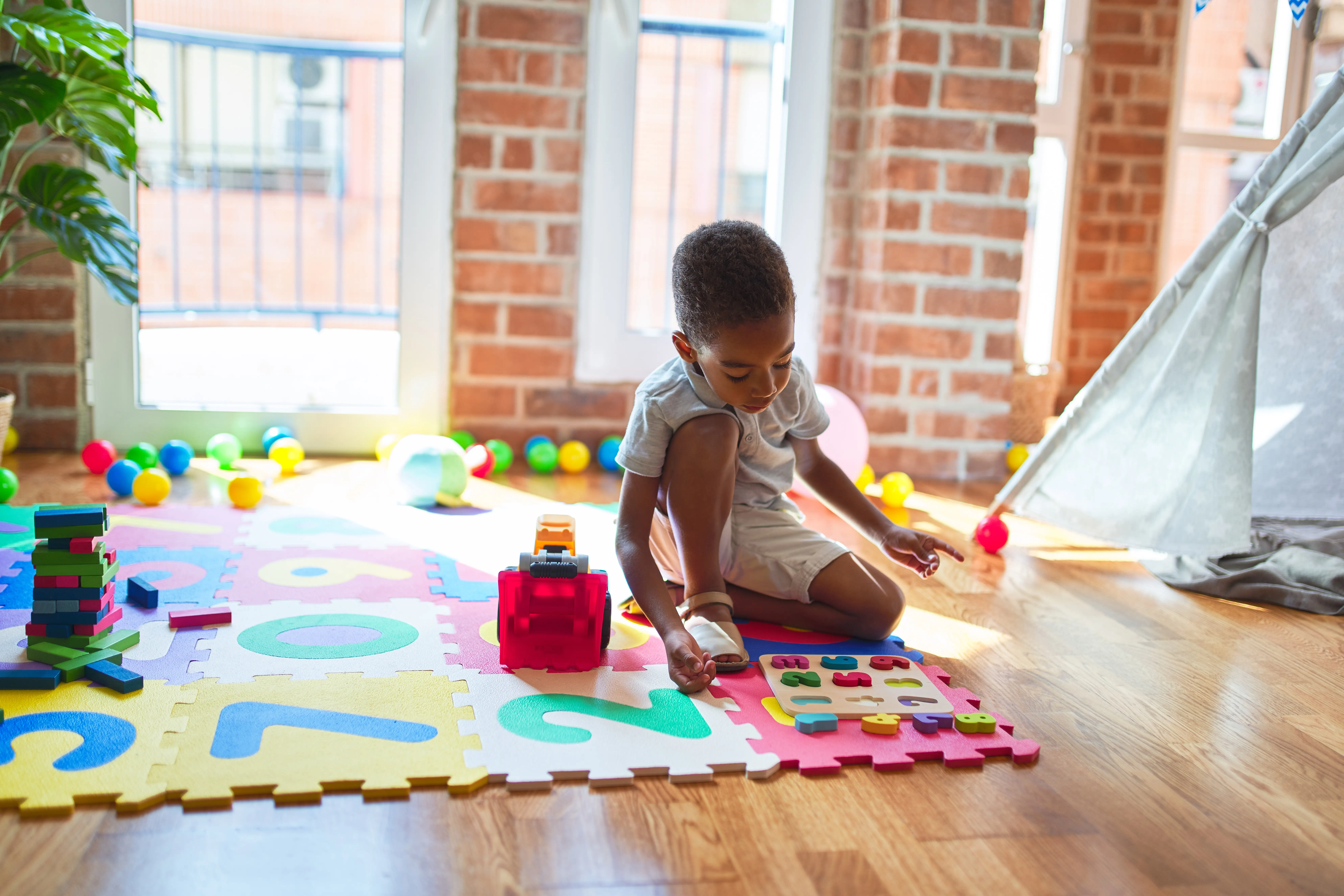
What Should Be Included in a Montessori Playroom?
Child-Sized Tables & Chairs
Remember that your child's playroom is for kids, so it should be designed with their needs in mind.

Mirror
Another fantastic component of a Montessori playroom is a mirror. These are affordable and easy to find. A primary full-length mirror should be placed horizontally along the bottom of the wall, just like the art. As children grow older, you can adjust the height and positioning of the mirror to suit their needs.
Montessori Playroom Shelf
Open and low shelving is an essential element of a Montessori playroom. It gives ample space and opportunity to display toys within the child's reach.
A small table and chairs are another great addition to a Montessori playroom. Many children love having a table as a space for art, pretend play, reading, and puzzles.
Book Displays
Book displays provide children with easy access to reading materials. They also allow creating a beautiful visual for the playroom.
Montessori Toys
We can't forget the toys! A Montessori playroom staple…or any playroom for that matter! Consider the same theory when you are choosing Montessori toys. Carefully place the materials on a toy shelf without overwhelming the space.
Toys should be simple, made from natural materials, encourage creativity, and have a lot of variation in their use! Many Montessori toys are suitable for infants, and as the child develops into a toddler, they find more services for these toys.
You can find some of my favorite Montessori toys on this list! They will continue to be fantastic toys for years to come!
Where to Shop for Montessori Playroom Furniture and Toys
There are apparent online shops such as Amazon. There are other less apparent spots like consignment shops such as Goodwill. Y
ou can find unique gems in second-hand stores. Etsy also has excellent Montessori materials, but they do come with a price. Target and Overstock are other options.
With that said, Ikea is one of my favorite places to buy furniture for kids.
Montessori Playroom IKEA Ideas
Check out this list below! You can purchase all of these items at a reasonable price at IKEA. Crazy, right?
- Shelves
- Book Shelves
- Book Display
- Montessori Chairs
- Children's Table
- Activity Table
- Flower Vase
- Step Stool
- Dollhouse
- Plant Stand
- Pretend Play Kitchen
- Toy Storage
- Stringing Beads
- Art Easel
I hope you have enjoyed this guide to designing a Montessori playroom! Keep working on your Montessori home with this post about creating a Montessori bedroom and setting up a Montessori bathroom!

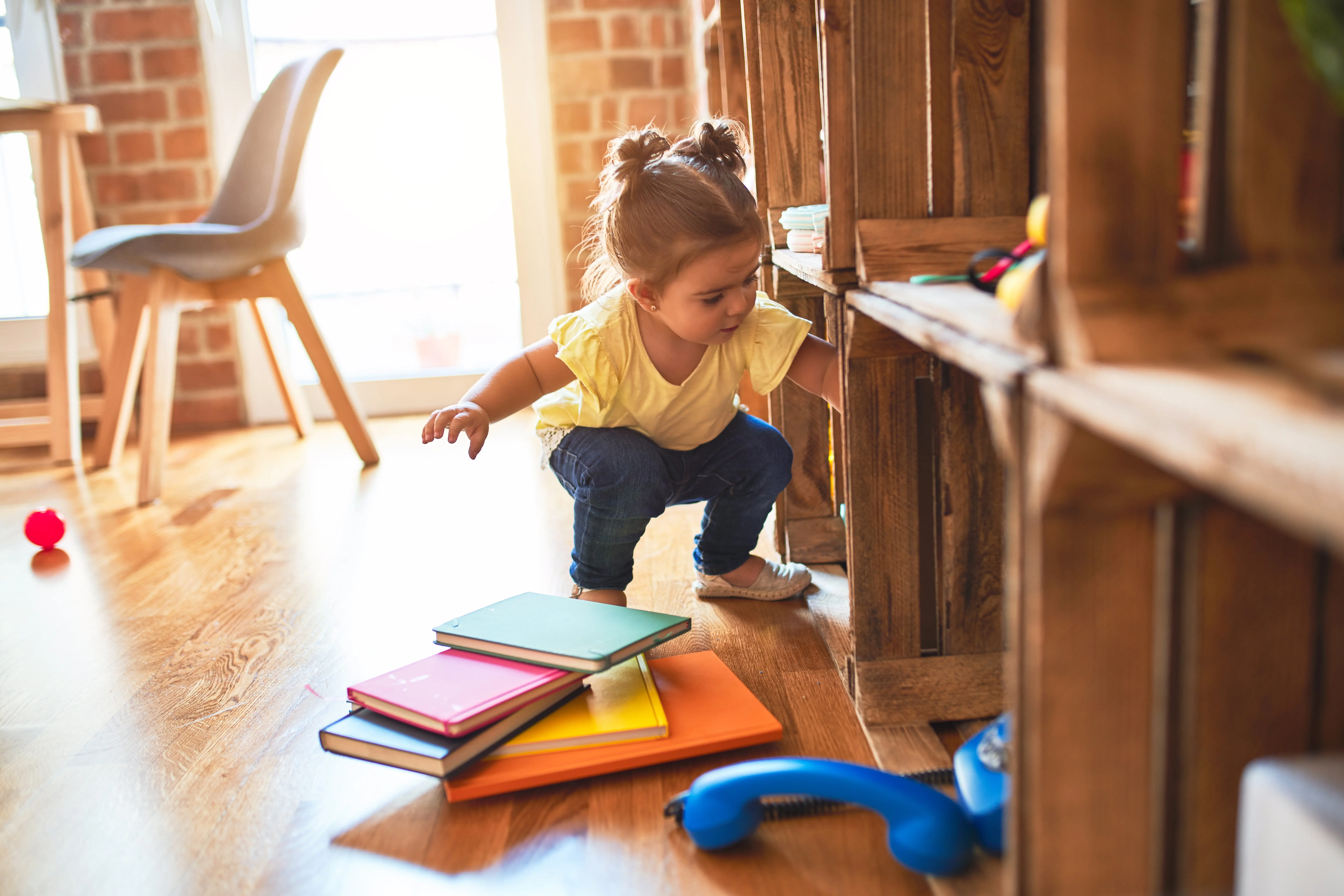
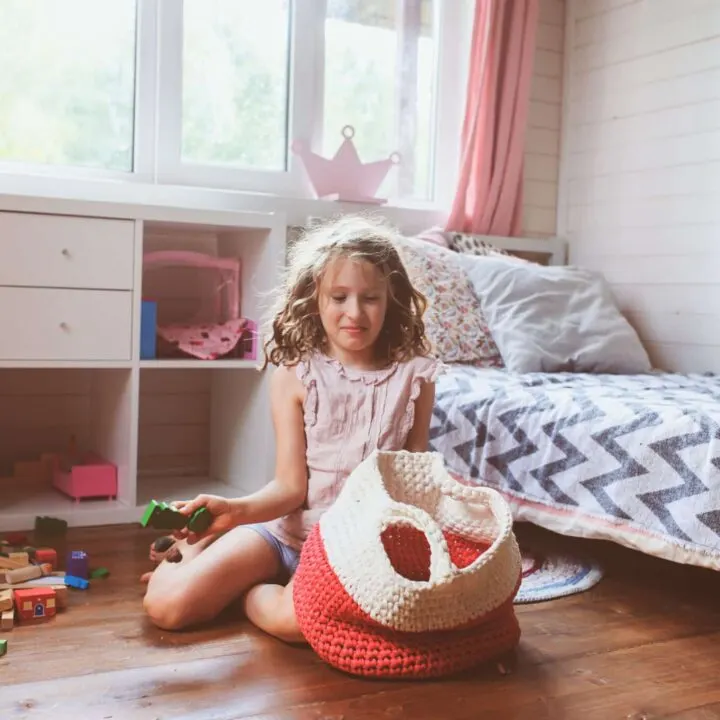
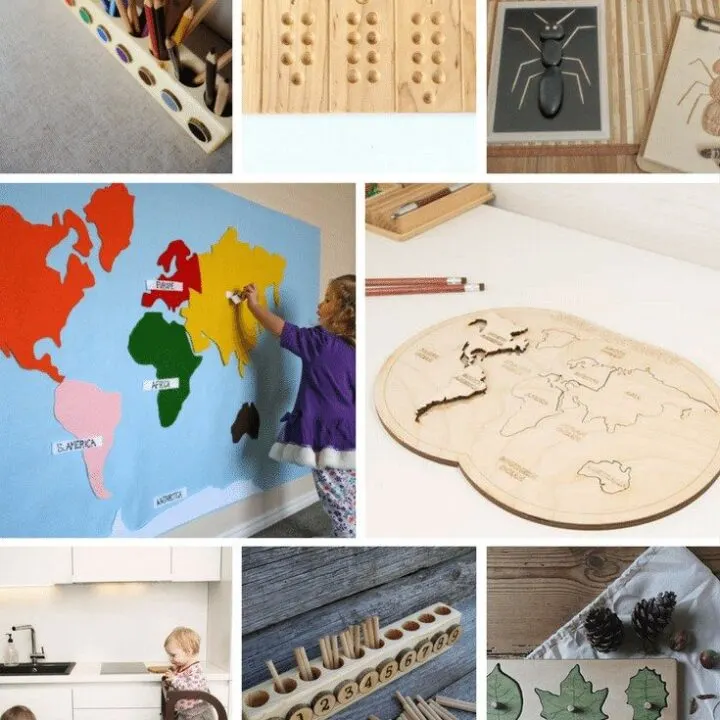
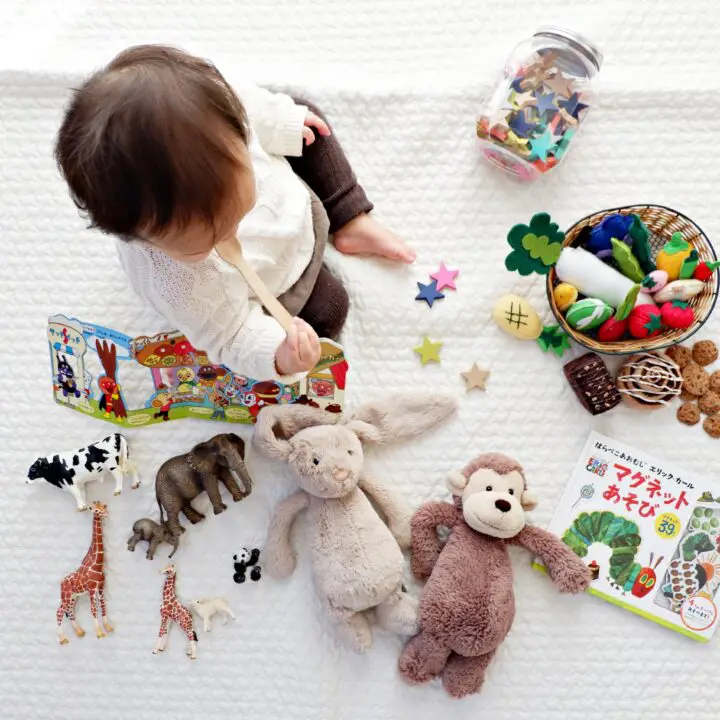
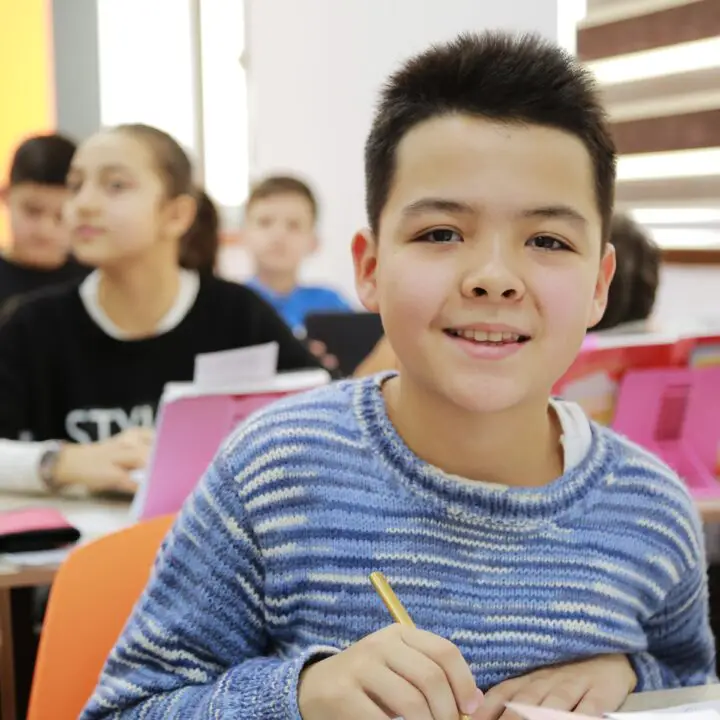
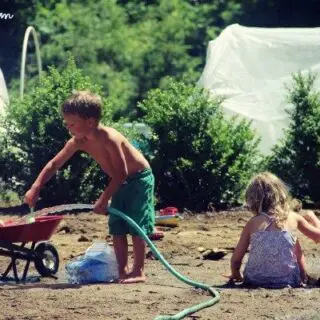
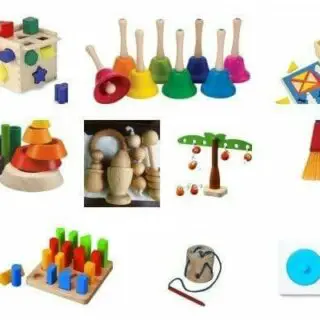
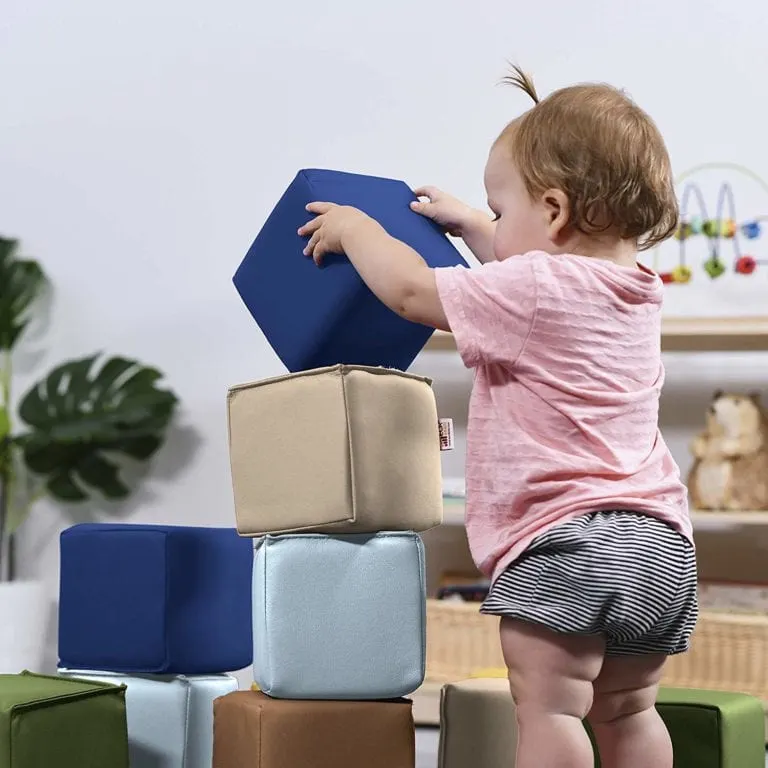
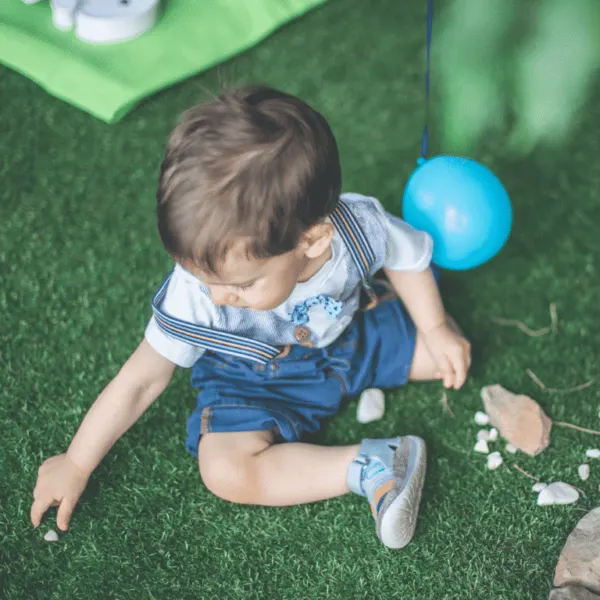
Sid Samel
Monday 17th of June 2024
Hey,
Love what you're doing at Carrotsareorange.com, especially the work you did with ‘A Guide to Setting Up a Montessori Playroom’.
While I was reviewing your wonderful site, I thought that you would be a perfect partner for our affiliate program.
Sleep & Beyond is “Top Three Best Wool Bedding Brands” in the US. We specialize in certified organic and natural cotton and wool filled bedding, such as comforters, pillows, sheets, mattress pads, toppers, protectors and more….
Sleep & Beyond Highlights: ➢ 100% Organic and Natural Bedding ➢ Our products carry the most stringent certifications for bedding: GOTS, Fair Trade, Oeko TEX, and Woolmark. ➢ Merino Wool and Chemical Free Bedding ➢ Fast order processing and shipping ➢ Packaged and cared for in the USA ➢ One of the industry highest conversion rates ➢ 100% customer satisfaction
As an honored affiliate partner, you will earn generous 10% per sale with Lifetime cookie tracking period.
To review details and to join our affiliate program, please check: https://app.impact.com/campaign-promo-signup/Sleep-and-Beyond.brand
I look forward to sending you loads of commissions. Please let me know if you have any questions.
Best regards, Sid Samel Affiliate Program Manager Sleep & Beyond® Top 3 Organic and Natural Bedding Brands [email protected] http://www.sleepandbeyond.com
Follow us on social media: YouTube: http://www.youtube.com/sleepandbeyond Instagram: www.instagram.com/sleepandbeyond